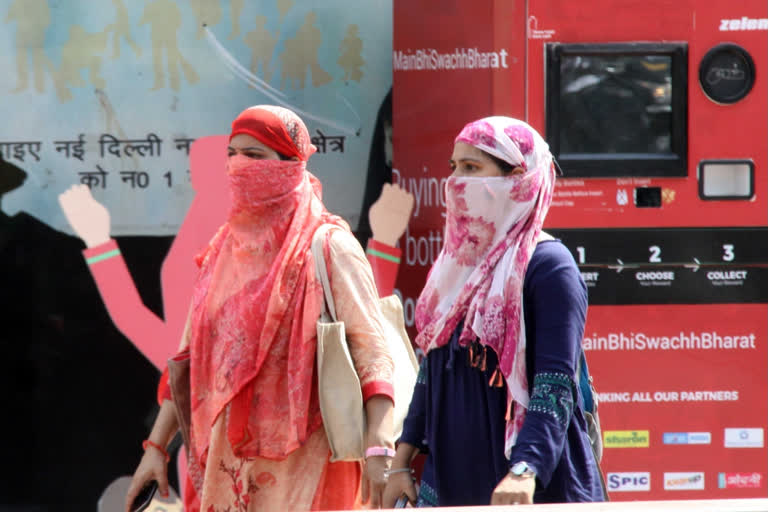New Delhi: The March-April-May (MAM) season average temperatures are likely to get warmer than normal over most of the meteorological subdivisions of northwest, west and central India and some subdivisions from south India.
-
Press Release on Seasonal Outlook for the Temperatures during March to May, 2020 :
— India Met. Dept. (@Indiametdept) February 27, 2020 " class="align-text-top noRightClick twitterSection" data="
The March-April-May (MAM) season average temperatures are likely to warmer than normal over most of the meteorological subdivisions of northwest, west and central India and 1/3@rajeevan61 pic.twitter.com/F724JXcHKc
">Press Release on Seasonal Outlook for the Temperatures during March to May, 2020 :
— India Met. Dept. (@Indiametdept) February 27, 2020
The March-April-May (MAM) season average temperatures are likely to warmer than normal over most of the meteorological subdivisions of northwest, west and central India and 1/3@rajeevan61 pic.twitter.com/F724JXcHKcPress Release on Seasonal Outlook for the Temperatures during March to May, 2020 :
— India Met. Dept. (@Indiametdept) February 27, 2020
The March-April-May (MAM) season average temperatures are likely to warmer than normal over most of the meteorological subdivisions of northwest, west and central India and 1/3@rajeevan61 pic.twitter.com/F724JXcHKc
"Near normal temperatures are likely in the remaining subdivisions. Above normal heatwave conditions are likely in the core heat wave (HW) zone during the season (March-May)," India Meteorological Department (IMD) tweeted.
Regarding the forecast for the MAM season (March to May 2020), the weather forecasting agency added the forecast indicates MAM season averaged temperatures are likely to be warmer than normal by >=0.5 degrees Celcius over northwest, west and central India and some subdivisions from south India. Near normal temperatures are likely in the remaining subdivisions.
There is about 43 per cent probability of maximum temperatures in the core HW zone during March to May 2020 to be above normal.
Core HW zone covers states of Punjab, Himachal Pradesh, Uttarakhand, Delhi, Haryana, Rajasthan, Uttar Pradesh, Gujarat, Madhya Pradesh, Chhattisgarh, Bihar, Jharkhand, West Bengal, Orissa and Telangana and met subdivisions of Marathawada, Madhya Maharashtra and Coastal Andhra Pradesh. This, in turn, suggests that normal to slightly above normal heatwave conditions are likely in the core HW zone during the season.
(ANI REPORT)



